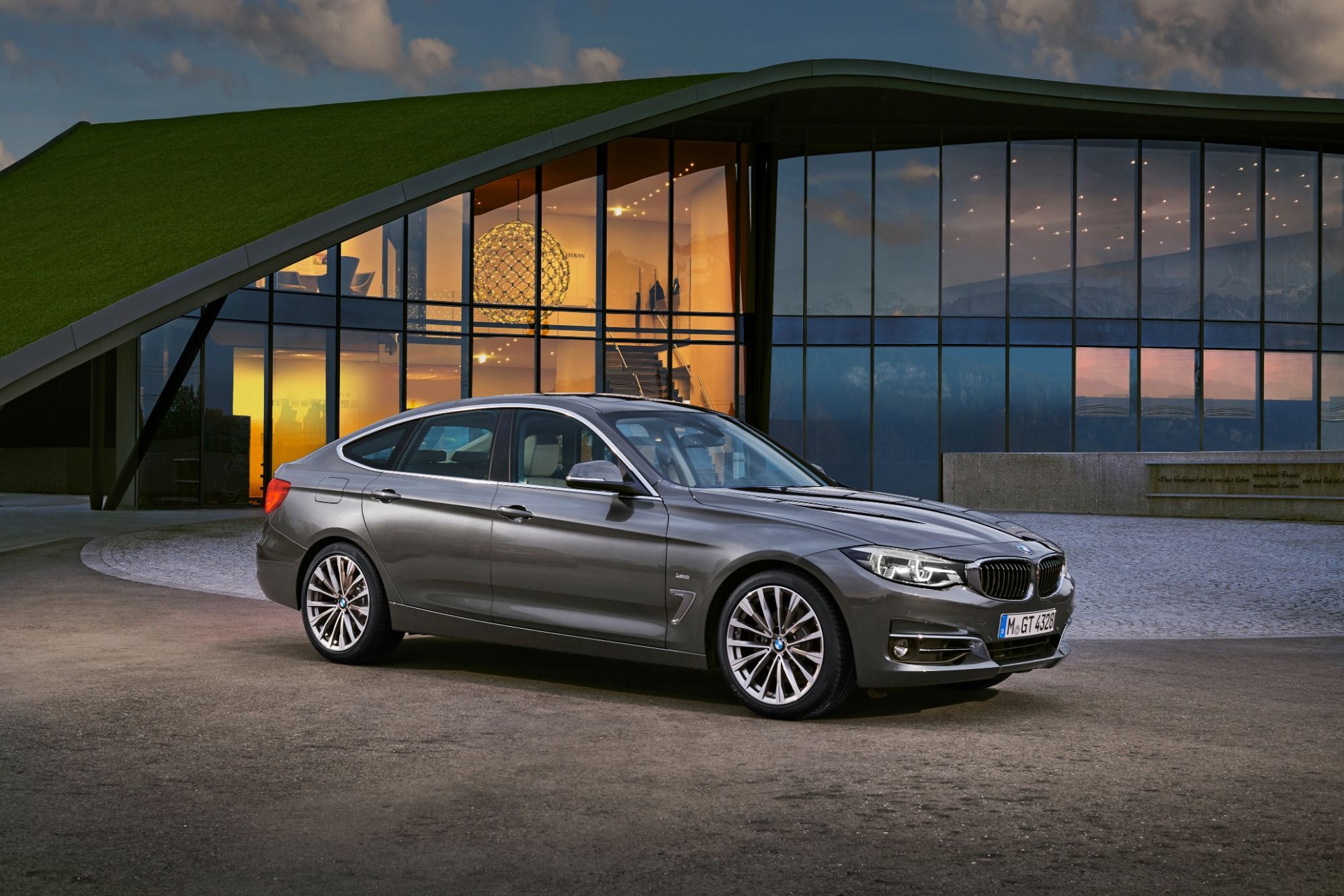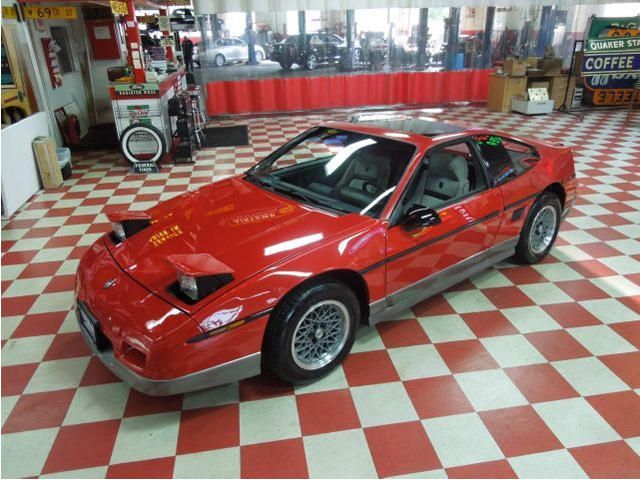
For people such as myself, you may remember growing up hearing a Pontiac Fiero joke or three. In fact, listening to an owner's horror story about his Fiero is one my earliest childhood car memories, so it has some sentimental value to me although no one in my family ever owned one (they knew better). But still, even as a young kid I clearly remember liking the Fiero's design only to be reminded time and again about its many pittfalls, such as the engine possibly catching fire.
Whenever I see one on the road today I wonder whether the owner has taken great care of it (i.e. spent a lot of money on upkeep) or whether the thing has been locked up in storage for 20 years only to be recently brought out and driven. Both situations are entirely possible. The Fiero's story begins back during the 1979 oil crisis due to a fun little thing called the Iranian Revolution. GM brass and bean counters weren't wild about the idea of another two seat sports car because they already had the Corvette. But due to rising gas prices and the Vette's thirsty V8, they saw the potential for a smaller two-seater sporty car that could also be good for the daily commute.
Development soon began with the goal of building a fuel efficient small car with some sporty flare. The intention was not to build a true sports car, but to have something that looked like one. Despite its mid-engine layout, GM opted to save money by taking various suspension components, brakes and even the tires over from their then economy cars like the Chevy Chevette and Pontiac Phoenix. Power came from a 2.5-liter four-cylinder that actually helped to deliver 27/40 mpg city/highway. Those cost-saving measures however resulted in the Fiero not being able to live up to its full mid-engine, rear-wheel-drive potential.
When it was launched in 1984 it became an immediate hit and the Pontiac factory couldn't build them fast enough. Enthusiasts, however, could see right through GM's cost-saving techniques and were disappointed by the fact that the Fiero's performance and handling weren't what they could have been. Fortunately the oil crisis soon passed and Pontiac felt it was time to turn the heat up a bit. The Fiero GT was launched in 1986 and besides from its exterior restyling, it was equipped with a 2.8-liter V6 with 140 horsepower along with an improved suspension and wider tires. It wasn't until 1988 did GM make a sincere effort to take full advantage of the mid-engine layout.
Further improvements were done by completely redesigning the suspension and updating both the four-cylinder and V6 engines. Although turbochargers were planned, the idea fell through because production was ended, the reason being was due to the bad press the Fiero was receiving because of engine fires. While the media was all over it, the fires were actually limited to a small number of '84 model year cars that experienced a low engine oil level that caused connecting rod failure, allowing oil to escape into the engine itself. GM predicted the negative coverage would hurt sales so they killed the Fiero before the media could. Call it a humane death.
There are still plenty of used Fiero's still around today and this one currently up for sale on eBay is a 1986 GT model that's supposedly in good conditioning, considering it has over 85,000 original miles. Equipped with the automatic transmission option as well as power locks and windows, the Fiero has clearly become a classic and is a favorite donor car for those looking to make Ferrari and Lamborghini replicas - and everything in between. You can also buy Fiero's for literally next to nothing as this example is going for just $3,950.
Whether or not that's money well spent is up to you, but due to the Fiero's mid-engine layout, this could become a great project car to swap in a V8 and further improve the suspension. There are tons of possibilities.

